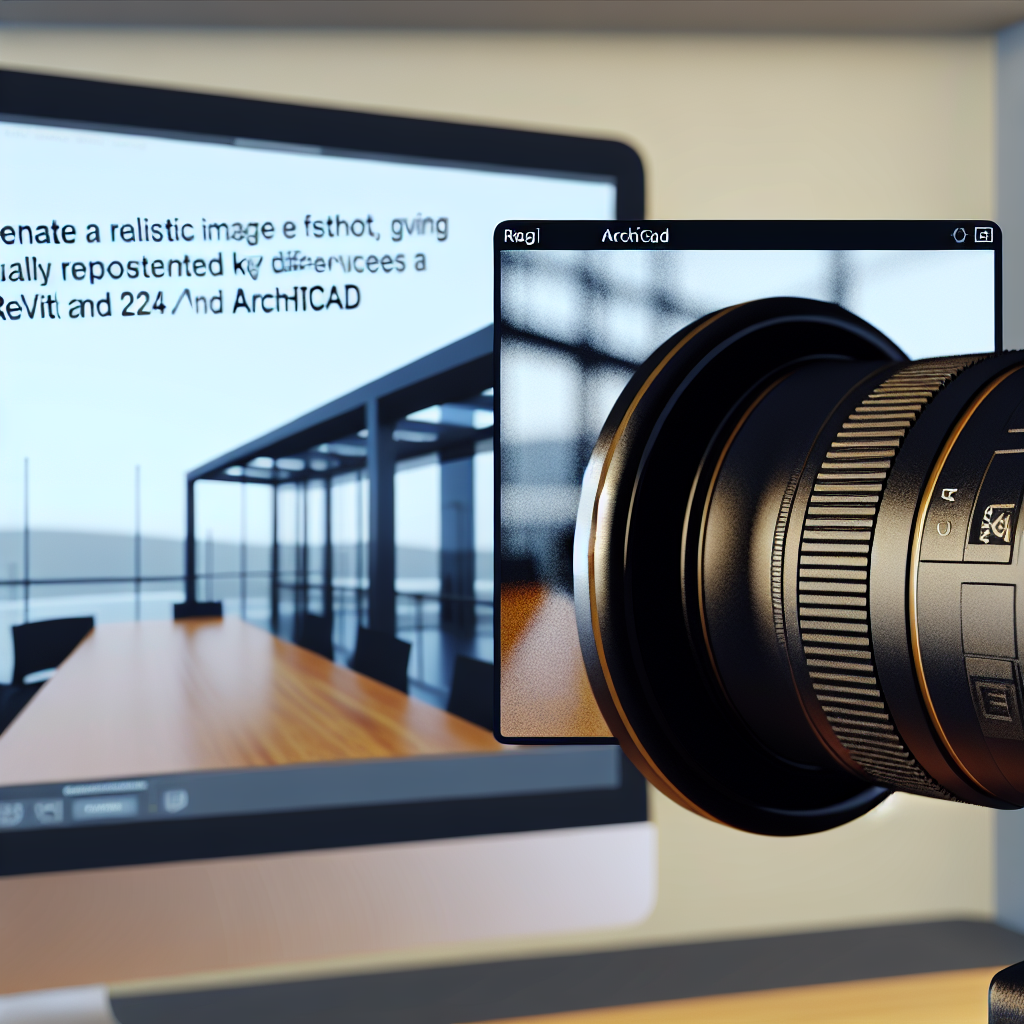In today’s digital architecture landscape, *Revit 2024* and *Archicad* are two powerhouse BIM tools that architects and designers frequently compare. This article explores the key differences, usability, and features of both software, helping you make an informed choice. Let’s dive into the details to see which software suits your workflow better.
Feature Set and User Experience: Revit 2024 vs Archicad
Revit 2024 continues to be a dominant force in the BIM industry, especially favored by firms that require detailed structural and MEP (Mechanical, Electrical, Plumbing) integrations. Its strengths lie in its tight integration with Autodesk’s ecosystem, enabling seamless coordination across disciplines. The interface is familiar to many users coming from AutoCAD, making the learning curve less steep for existing Autodesk users. Revit also offers robust parametric modeling capabilities that facilitate complex design adjustments and data management.
Archicad, developed by Graphisoft, is renowned for its intuitive user interface and fast modeling capabilities. Its emphasis on architectural design workflows makes it especially popular among architects who prioritize creative freedom and visualization. Archicad’s proprietary algorithms enable instant 3D feedback and overall faster project turnarounds. Additionally, Archicad’s open BIM approach ensures easier collaboration with other software, including Revit, making it flexible for diverse project requirements.
Collaboration and Workflow Integration
Effective collaboration is essential in modern architecture. Revit 2024 excels here with its cloud-based collaboration tools, such as Autodesk BIM 360, allowing teams to work on the same model simultaneously with version control and real-time updates. This feature is particularly valuable for large-scale projects with multiple stakeholders, ensuring everyone is on the same page.
On the other hand, Archicad offers its own collaborative platform called BIMcloud, which supports real-time teamwork regardless of team size or location. Its open BIM standards (like IFC and BCF) facilitate interoperability with other BIM tools, ensuring smoother data exchange. While Revit’s collaboration tools are powerful within Autodesk’s ecosystem, Archicad provides greater flexibility for mixed-software environments, making it suitable for architects who work with diverse teams and tools.
Conclusion
Both *Revit 2024* and *Archicad* are leading BIM solutions tailored to different workflows and project needs. Revit offers deep integration within Autodesk’s ecosystem and excels in detailed coordination across disciplines, making it ideal for large, complex projects. Conversely, Archicad shines with its user-friendly interface, faster modeling, and open BIM approach, favored by creative architects seeking flexibility. Choosing between them depends on your specific project requirements and collaborative needs. Ultimately, understanding their core strengths ensures you select the software that enhances your architecture practice most effectively.
